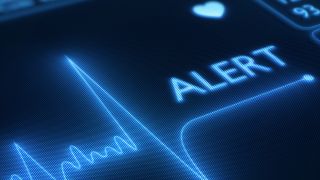The statistics are clear and they don't make for happy reading – every year, one in four Americans over the age of 65 suffers a fall.
According to a report from the Centers for Disease Control and Prevention, this results is some 2.8 million injuries to seniors – equivalent to an emergency room visit every 11 seconds – and contributes to over 27,000 deaths.
So while the best fall detection sensors are great at what they do, the figures suggest there's more to be done when it comes to ensuring a high quality of life for older friends and family.
Fortunately, a number of promising new healthcare solutions could be just around the corner.
Take-off time for improved senior care?
As HealthTech Magazine highlights, a number of pilot programs suggest that senior care technology is undergoing a transformation.
One particularly compelling trial involved El Camino Hospital in California.
Working alongside an analytics company, the hospital crunched the healthcare data of at-risk patients, including the rate of nursing calls, bed alarm use and medication intake. The study resulted in a 39% reduction in hospital falls over just six months.
A similar initiative in the UK provided seniors with wearable devices capable of identifying red flags such as low grip strength, hydration or muscle mass.
Powered by Microsoft Machine Learning smarts, the participating housing provider in Scotland reported that the devices helped them identify the early warning signs of a fall more than a month in advance.
Other recent developments include the announcement of a State Farm Alexa skill, as well as the prototyping of wearable sweat sensors that can provide useful insights into a person's blood levels.
All these studies point to the improved care for older people arriving sooner rather than later – something we'll all surely welcome with open arms.

